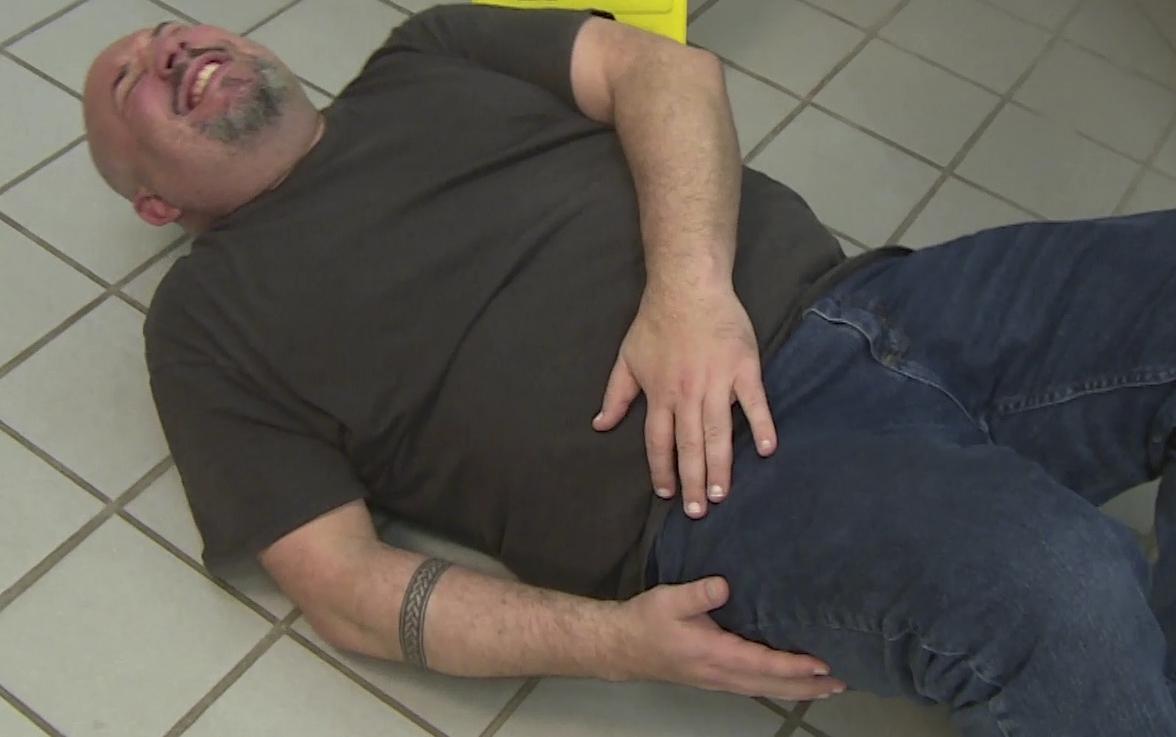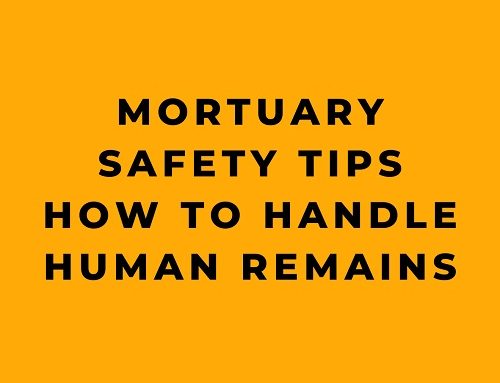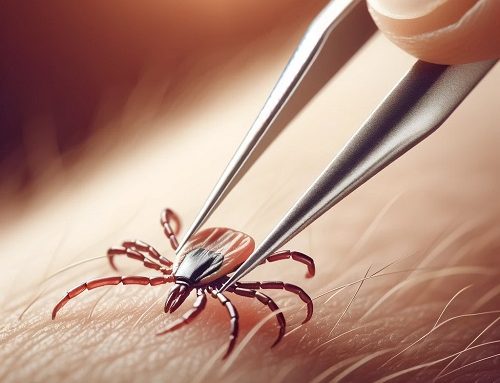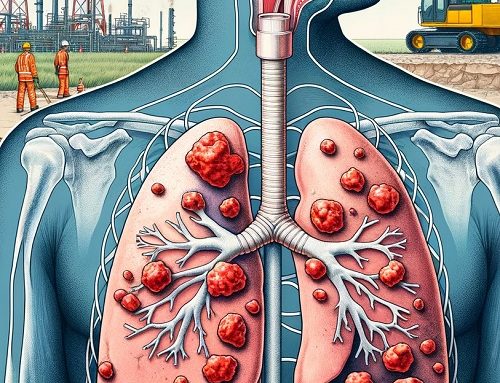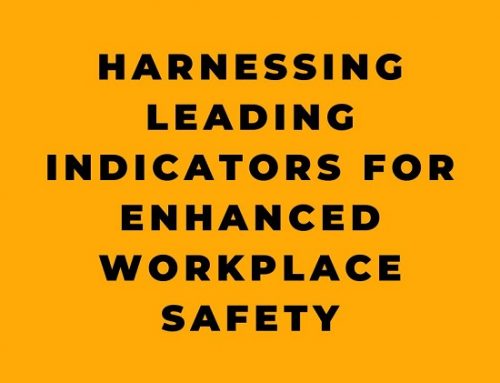INTRODUCTION
According to the National Safety Council, slips, trips, and falls are the leading cause of unintentional injuries in the home. In recent years, millions of people have been injured by falls in their own homes, and tens of thousands of people have died, making it essential that we take steps to prevent these accidents from happening.
LADDER SAFETY
One of the most common fall hazards at home is poor ladder safety. Whether you’re changing a lightbulb or hanging curtains, it’s important to use a sturdy ladder that is in good condition and to make sure that it is placed on a level surface before climbing.
- Inspect the ladder before use: Before using a ladder, inspect it for any signs of damage or wear, such as loose rungs or cracks in the sides. If you notice any issues, do not use the ladder and replace it instead.
- Use the right ladder for the job: Choose a ladder that is the right height and weight capacity for the task at hand. For example, an extension ladder should be extended at least 3 feet above the roofline.
- Set up the ladder on a level surface: Make sure the ladder is set up on a level and stable surface, such as concrete or asphalt. Avoid setting up the ladder on soft or uneven ground, as this can cause it to tip over.
- Secure the ladder: If you’re using an extension ladder, make sure to secure the top and bottom of the ladder to prevent it from slipping or falling.
- Keep the ladder at a safe angle: The ladder should be set up at a 75-degree angle, with the base of the ladder one foot away from the wall for every four feet of ladder height.
- Climb with care: Always face the ladder when climbing or descending, and keep your body centered between the side rails. Use both hands to hold onto the side rails for stability.
- Avoid overreaching: Keep your body in the center of the ladder, and avoid reaching too far to the side. This can cause the ladder to tip over.
- Keep the ladder clean: Make sure the ladder is free of oil, grease, or other slippery substances before using it.
- Use a ladder leveler: If you’re working on an uneven surface, a ladder leveler can help to keep the ladder stable and prevent it from tipping over.
- Have a helper: If the task requires it, have a helper hold the ladder or guide it for stability, especially when working on tall or dangerous areas.
Remember that ladder safety is important, and it is always better to be cautious and prepared.
STAIRS
Carelessness around stairs can also lead to falls. It’s important to keep stairways clear of clutter, and to make sure that any carpeting or rugs are securely fastened to the stairs to prevent tripping. Here are nine handy tips for reducing the risk of falls near stairs.
- Keep stairways clear: Remove any clutter or obstacles from the stairway, such as toys, shoes, or bags. This will reduce the risk of tripping and falling.
- Install handrails: Make sure that stairways have handrails on both sides, and that they are securely attached and in good condition. This will give you something to hold onto when climbing or descending the stairs.
- Make sure stairways are well-lit: Install light fixtures at the top and bottom of the stairway, and make sure that the bulbs are working and replaced when necessary. This will help you see the steps and reduce the risk of falling.
- Check the stairs for wear: Inspect the stairs for any signs of wear, such as loose or missing treads, or uneven steps. If you notice any issues, make the necessary repairs to ensure the stairs are safe to use.
- Use non-slip treads: Install non-slip treads on the steps to help reduce the risk of slipping and falling, especially if the stairs are in a high-traffic area or are made of a slippery material like marble or tile.
- Secure carpets and rugs: Make sure that any carpets or rugs on the stairs are securely fastened, and that they are not frayed or worn. This will reduce the risk of tripping and falling.
- Keep the stairs dry: Wipe up any spills or moisture on the stairs immediately to reduce the risk of slipping and falling.
- Wear appropriate shoes: Avoid wearing shoes with high heels or smooth soles when climbing or descending the stairs, as they can increase the risk of falling. Instead, wear shoes with non-slip soles and good grip.
- Have a helper: If you have young children or elderly relatives living with you, having a helper can be very helpful in case of a fall. It’s a good idea to have someone around to assist them when they’re going up and down the stairs.
WET FLOORS
Another common fall hazard at home is wet floors, particularly in bathrooms and showers.
- Use non-slip mats or rugs: Place non-slip mats or rugs in front of the shower or bathtub, as well as in other areas of the bathroom where water may accumulate, such as near the sink or toilet.
- Dry floors thoroughly: Use a towel or mat to dry the floor after bathing or showering, and make sure to mop up any spills or splashes immediately.
- Keep the bathroom well-ventilated: Open a window or turn on the exhaust fan to help reduce the humidity and moisture in the bathroom, which can contribute to slippery floors.
- Use a shower mat: A shower mat can provide an additional layer of protection against slipping and falling.
- Keep bathroom floor clean: Make sure to keep the bathroom floor clean and free of soap scum, mildew and other slippery substances.
- Use a bathmat: place a bathmat in the bathtub area to prevent slipping while getting in and out of the tub.
- Use a bath step: If you have difficulty getting in and out of the tub, consider using a bath step which will reduce the height of the step.
- Install grab bars: Install grab bars in the bathroom, particularly near the shower or bathtub, to help provide additional support and stability.
- Watch for hazards: Be mindful of any hazards that may cause a fall, such as wet or slippery surfaces, electrical cords, or cluttered floors.
- Wear appropriate footwear: Avoid walking in the bathroom barefoot, or wearing shoes with smooth soles. Instead, wear shoes or slippers with non-slip soles that provide good traction.
CLUTTERED FLOORS
One of the most common hazards in the home are trip hazards, which can be caused by a variety of factors. One of the most obvious is cluttered floors. Whether it’s a pile of shoes by the front door, a stack of books on the coffee table, or a cluttered kitchen counter, a cluttered floor can be a recipe for disaster. Not only can it make it difficult to navigate through your home, but it can also lead to tripping and falling.
SENSIBLE FOOTWEAR
Another common hazard is the lack of sensible footwear. It’s easy to slip into a pair of slippers or flip-flops after a long day at work, but these types of shoes often lack the traction and support you need to prevent falls. This is especially true on slick surfaces like tile or hardwood floors. Instead, opt for shoes that fit well and have good traction, such as sneakers or work boots.
ADEQUATE LIGHTING
Adequate lighting is another key factor in preventing falls. Poorly lit areas, such as stairways and hallways, can make it difficult to see where you’re going, increasing the risk of tripping and falling. Make sure that all areas of your home are well-lit, and consider installing additional light fixtures in areas that are particularly dark.
POORLY ARRANGED FURNITURE
Finally, poorly arranged furniture can also lead to tripping and falling. It’s important to arrange furniture in a sensible way, with enough space to move around it easily. This includes ensuring that there’s enough clearance around furniture so that you can walk by comfortably and safely, and that furniture isn’t blocking doorways or other high-traffic areas.
CONCLUSION
Slips, trips, and falls are a leading cause of unintentional injuries in the home. By being aware of common hazards such as poor ladder safety, wet floors, cluttered floors, lack of sensible footwear, inadequate lighting, and poorly arranged furniture, we can take steps to prevent these accidents from happening. Taking the time to identify and address potential hazards in the home can not only protect us and our loved ones from injury, but also make our homes more comfortable and enjoyable places to be.
—
If you’re looking for Online Safety Training courses for Slips, Trips, and Falls, take a look at our free demonstration:


